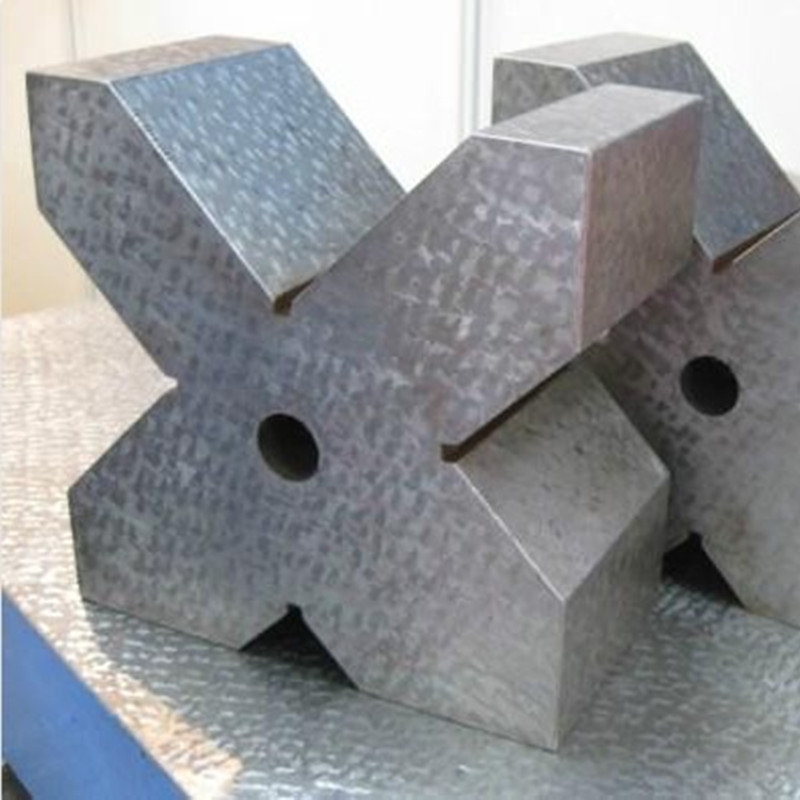nóv . 06, 2024 16:40 Back to list
Types and Uses of Butterfly Valves in Various Industries and Applications
Understanding Butterfly Valve Types and Applications
Butterfly valves are a type of flow control device utilized extensively across various industries due to their simple yet effective design. These valves are particularly favored for their ability to provide quick shut-off and precise flow regulation. In this article, we will explore the different types of butterfly valves and their specific applications.
Types of Butterfly Valves
1. Concentric Butterfly Valve The concentric butterfly valve, also known as the rubber-seated valve, has a disc that is centered in the pipe. The disc rotates around a fixed shaft, and when it is turned to a quarter turn, it either opens or closes flow. These valves are commonly used in low-pressure applications because they offer resistance to wear and perform well in water and air service.
2. Eccentric Butterfly Valve The eccentric butterfly valve is designed with the disc being offset from the centerline of the valve body. This offset allows for less friction when the valve opens and closes, productively reducing wear and increasing the valve's lifespan. Eccentric butterfly valves are more suitable for high-pressure applications and can better handle slurries, making them ideal for wastewater treatment and chemical processing.
3. High-Performance Butterfly Valve These valves are designed for high-pressure and high-temperature applications where precise flow control is crucial. They often feature a metal seat and are made from advanced materials to withstand severe conditions. High-performance butterfly valves are frequently employed in sectors such as oil and gas, power generation, and other industrial processes where reliability and efficiency are paramount.
4. Triple Offset Butterfly Valve This design allows for the disc to completely seal against the seat with minimal wear due to its unique geometry. In triple offset butterfly valves, both the shaft and the disc are designed to create a conical sealing surface, which is particularly effective in high-pressure and high-temperature environments. They are primarily used in critical applications where leak-free performance is essential, such as in the petrochemical and nuclear industries.
Applications of Butterfly Valves
Butterfly valves play a crucial role in a wide range of industrial applications, including
butterfly valve types and applications

- Water and Wastewater Treatment In municipal and industrial water systems, butterfly valves help in regulating water flow and pressure, making them essential for treatment processes.
- Oil and Gas Industry Used to control the flow of crude oil, natural gas, and other fluids, butterfly valves ensure efficient transport and processing in pipelines and refineries.
- HVAC Systems These valves are employed in heating, ventilation, and air conditioning systems to control airflow and maintain environmental conditions within buildings.
- Chemical Processing In industries handling aggressive chemicals or corrosive materials, butterfly valves provide reliable sealing and control, minimizing the risk of leaks and environmental hazards.
- Pharmaceuticals Precision and hygiene are critical in the pharmaceutical sector. Butterfly valves are used for fluid management, especially in processes involving sterile conditions.
- Food and Beverage Production Sanitary butterfly valves are designed to meet hygiene standards necessary for food processing, providing smooth flow and easy cleaning.
Conclusion
In summary, butterfly valves are integral components across numerous industries due to their versatility, efficiency, and durability. Understanding the different types of butterfly valves, such as concentric, eccentric, high-performance, and triple offset, alongside their specific applications helps industries make informed decisions regarding flow control solutions. Considering factors such as pressure, temperature, fluid type, and required sealing capabilities ensures the selection of the most suitable valve type, ultimately leading to improved process efficiency and reliability. As industries continue to evolve, the demand for reliable flow control devices like butterfly valves will remain a critical aspect of various processes.
-
The Role of Cast Iron T Slot Plates in RoboticsNewsMay.12,2025
-
The Importance of Parallel Rulers in Mechanical EngineeringNewsMay.12,2025
-
Heavy-Duty Applications for Granite Surface Plate for SaleNewsMay.12,2025
-
Cast Iron Y Strainer: A Reliable Solution for Dirty FluidsNewsMay.12,2025
-
Boosting Workshop Productivity Using Granite BlocksNewsMay.12,2025
-
Water Control Valves: Essential Components for Fluid RegulationNewsMay.08,2025
Related PRODUCTS









